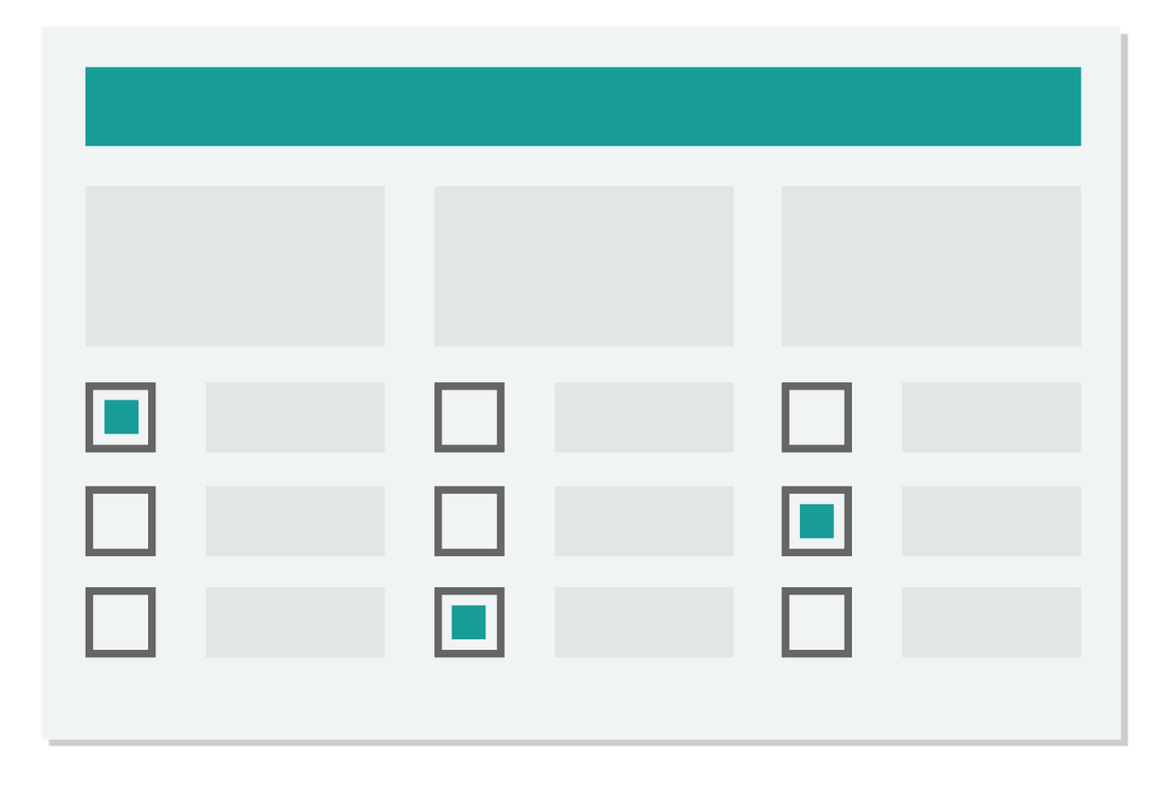
In today’s digital era, privacy and control over personal data plays a crucial role. Companies and organizations collect and process vast amounts of information about their customers and users. To ensure that these practices are in line with the wishes and needs of the data subjects, various consent methods have become established, including opt-in, opt-out and double opt-in. This article takes a closer look at these concepts and explains how they affect our online experience and privacy.
Opt-In: Conscious consent
Opt-in is a term commonly used in the marketing and privacy world. It describes the principle that a user or customer’s consent is required before personal data can be collected or used for marketing purposes. This means that users must actively consent before being included in email newsletters, promotional communications or other activities.
The opt-in process respects the privacy and autonomy of users. It forces companies to be transparent about their intentions and give users control over their data. A common example of opt-in is found in forms where users must actively check a box to give consent. This often happens on websites, in apps, or during the purchasing process.
Opt-Out: The silent consent
Opt-out, on the other hand, is the opposite of opt-in. Here, personal data is collected by default or used for marketing purposes unless the user explicitly chooses to opt-out. This process is often used by companies to quickly collect and use data, and often requires users to take active action to protect their privacy.
An example of opt-out is the pre-ticked checkbox in a newsletter sign-up, where users must uncheck it to unsubscribe from the mailing list. While opt-out can be more convenient because it requires less effort from users, it can raise ethical privacy concerns.
Double-Opt-In: The double confirmation
Double opt-in is a method that further strengthens the opt-in principle. With this method, users must first declare their consent on a website or app, as with opt-in. But the key difference is that consent is verified by a second confirmation email or SMS.
This extra step is to ensure that the user’s consent is intentional and authentic. The user usually receives a message asking them to confirm their registration by clicking on a link or entering a code. This prevents third parties from abusing consent on behalf of a user.
The importance of privacy and consent
The use of opt-in, opt-out and double opt-in has direct privacy and data protection implications. It is critical that users understand how their data will be used and have the ability to set their preferences. Choosing the right consent process can make the difference between a respectful and transparent data processing experience and one that is perceived as intrusive or harassing.
In recent years, laws such as the General Data Protection Regulation (GDPR) in the European Union and the California Consumer Privacy Act (CCPA) in the United States have further emphasized the importance of consent and privacy. Companies are required by law to provide clear opt-in mechanisms and allow users to opt-out.
The bottom line: mastering the art of consent.
The way companies and organizations obtain and respect user consent is central to data protection and trust building. Opt-in, opt-out and double opt-in are mechanisms designed to govern this consent and ensure that personal data is treated with respect.
As a user, it is important to be aware of the differences between these methods and ensure that your own privacy preferences are respected. As a business or organization, it is essential to offer transparent and user-friendly consent options to gain customer trust and ensure data privacy.
The art of consent in the digital world requires a balanced approach that respects users’ rights and needs while meeting data collection and marketing requirements. Only through this careful balancing can we create a digital world in which privacy and data protection are respected.
